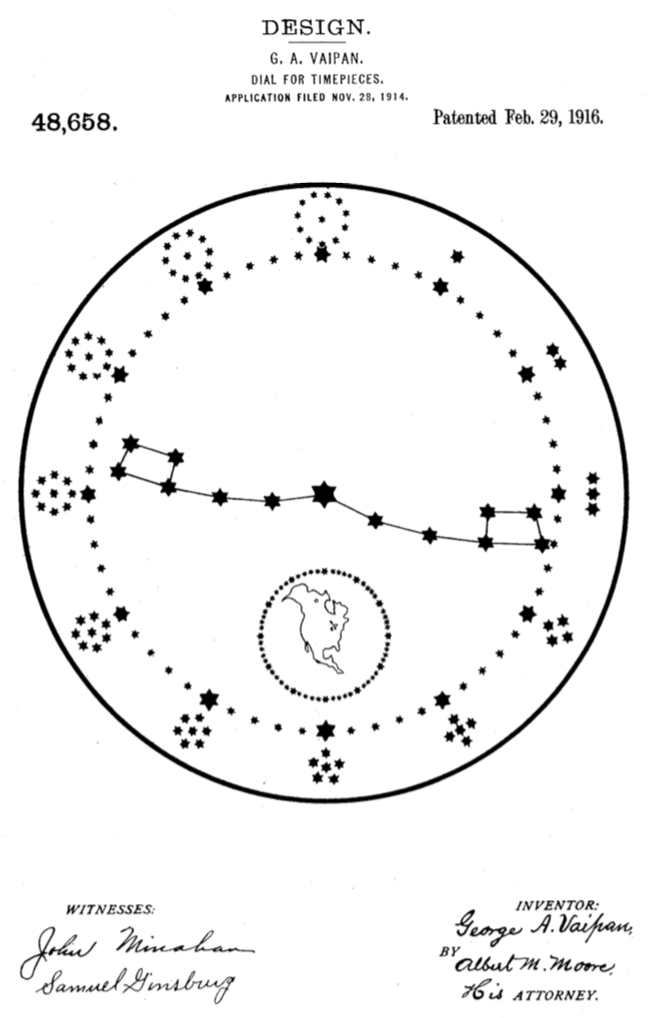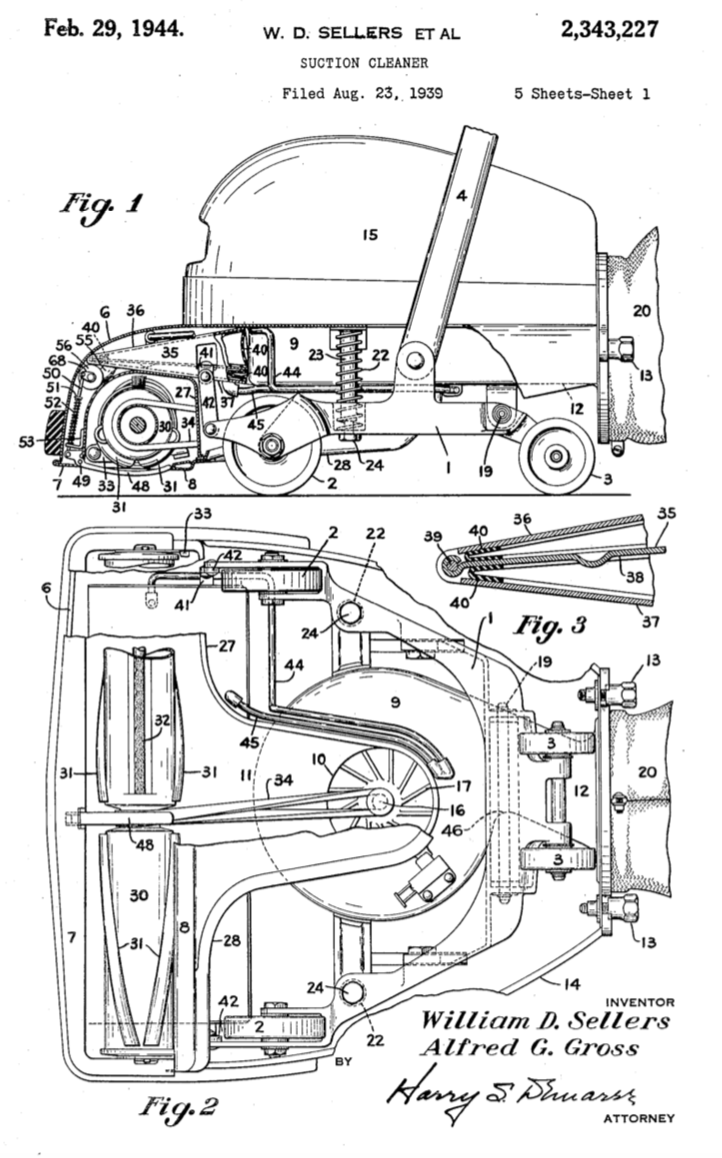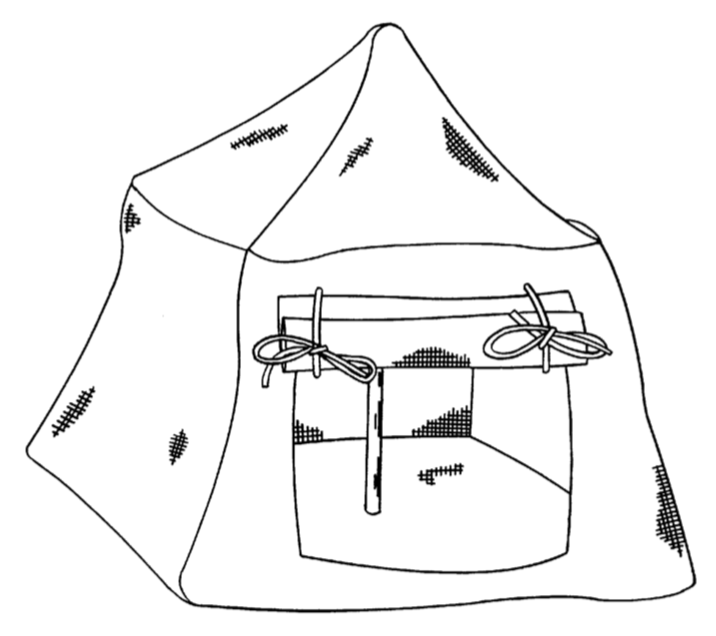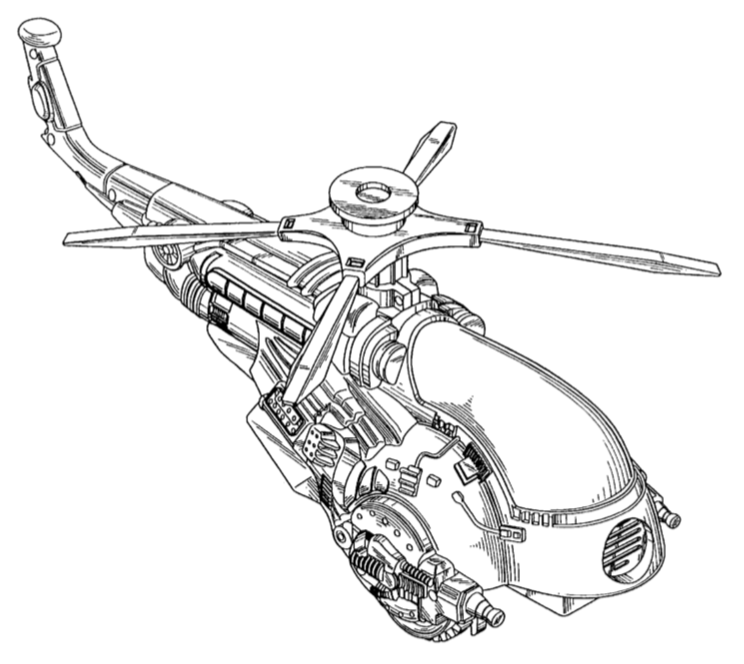2020 is a leap year, which means we get to enjoy a whole extra day of February, and people born on February 29 finally can celebrate their birthday.
Every four years, we add a Leap Day to the calendar on February 29. These additional 24 hours are built into the calendar to ensure that it stays in line with the Earth’s movement around the Sun. While the modern calendar contains 365 days, the actual time it takes for Earth to orbit its star is slightly longer—roughly 365.2421 days. The difference might seem negligible, but over decades and centuries that missing quarter of a day per year can add up.
So, what does a Leap Day mean in terms of patent issuance? With Leap Day occurring every four years and patents only being issued on Tuesdays, the likelihood of having a patent issued on Leap Day is very rare. Since the first patent was issued in 1790, there have only been six Leap Days (see list below) where patents were issued– amounting to roughly 6,700 total patents. Given that the USPTO has issued over 10,000,000 patents, it is clear that Leap Day patents are quite rare. Of all the patents that have been issued in the United States, roughly 0.067 percent were issued on Leap Day.
To celebrate Leap Day, we’d like to highlight a few of the patents who are in the 0.067 percent “club.”
On February 29, 1916, George A. Vaipan of Ontario, Canada was issued design patent D48,658 for “a dial for timepieces.” It is rather fitting that Vaipan’s design was issued on Leap Day considering the celestial features and its relation to the concept of time.
On February 29, 1944, William D. Sellers and Alfred G. Gross were issued a patent for their “suction cleaner,” patent 2,343,227. Their invention related to suction cleaners, commonly known as vacuums, and more particularly to an improved nozzle height with means of adjusting. The two hoped that their invention would provide an improved suction cleaner and one that could automatically adjust its height to provide better contact to the surface it was cleaning. Vacuums have come a long way since 1944 and are still being manufactured with new and improved bells and whistles. Will you spend your extra day in February getting a head start on spring cleaning?
What better way to spend Leap Day than with a little fun? On February 29, 2000, Anne Murphy of Tewksbury, Massachusetts was issued design patent D421,285 for her “miniature play tent.” That same Leap Day, Wen-Ho Tsai of Taipei, Taiwan was issued design patent D421,279 for his “toy helicopter.”
From all of us at Suiter Swantz IP, we hope you enjoy this year’s Leap Day and look forward to January 29, 2028 when more patents can be added to such a rare subgroup.
Leap Days in which patents were issued, according to the USPTO:
February 29, 2000
February 29, 1972
February 29, 1944
February 29, 1916
February 29, 1876
February 29, 1848




